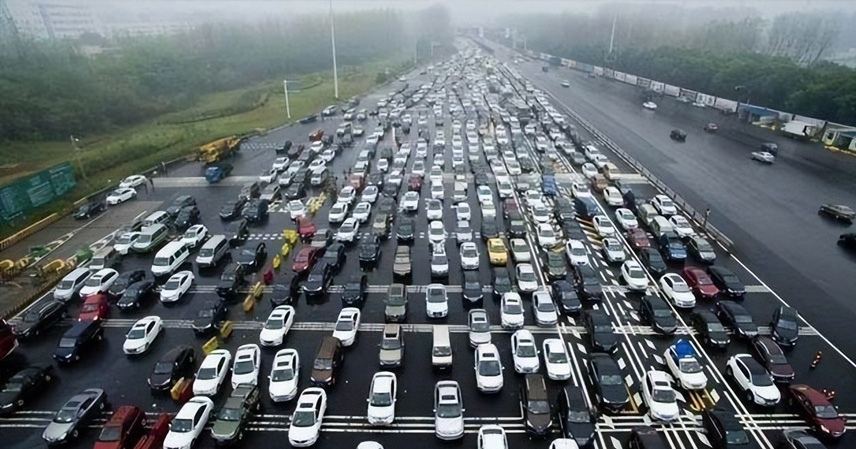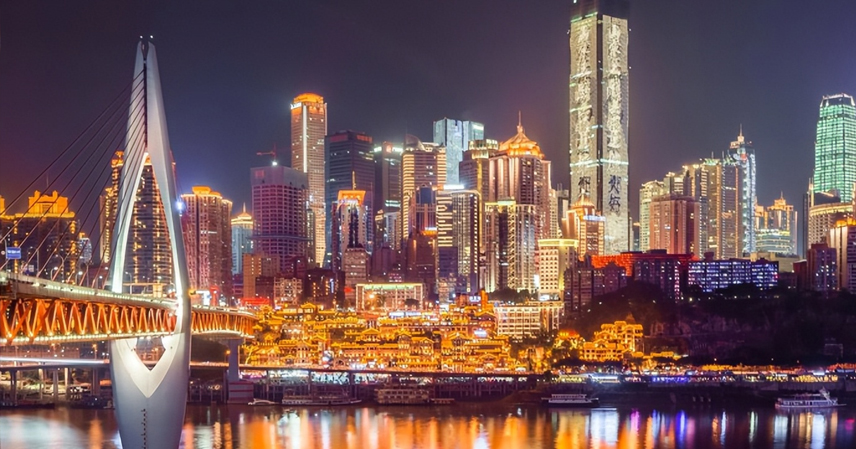Every National Day holiday, the ritual unfolds like clockwork: Highways grind to a halt under seas of vehicles, social feeds overflow with gripes about holiday crowds, yet Instagram brims with triumphant selfies from packed landmarks. It’s a tale of two narratives—utter frustration on one side, poetic escapes on the other. How does this split persist? It’s as if, despite last year’s snarls (and the year before’s), we pack our bags anyway, gunning toward the fray like moths to a flame.
What drives this masochistic migration? Are hundreds of millions wired for “holiday self-sabotage,” or does the frenzy mask a deeper, era-defining blend of yearning and resignation?
To unpack it, rewind two decades. Before 1999, Golden Week wasn’t even a concept—leisure travel felt like a rare indulgence. Then, amid the Asian financial crisis, authorities introduced the seven-day break to jolt consumer spending and revive the economy. From inception, it was less about pure rest and more about channeling pent-up wanderlust into a spending spree. The result? Explosive tourism stats, birthing our annual “golden porridge” of jam-packed itineraries.

Globally, few nations sync such nationwide long weekends. Europeans and Americans flex paid leave flexibly for bespoke getaways; Japan’s Golden Week avoids our scale due to geography and demographics. So why does this 25-year-old economic hack still pack such punch? Simple: It dovetails perfectly with modern constraints.
For many desk-bound professionals, accruing annual leave sounds ideal but rarely materializes—bosses balk, deadlines loom. National Day holiday stands alone as the guilt-free shield: Seven days to mute notifications and ghost the inbox without repercussions.
Family dynamics amplify the pull. With breadwinners scattered across provinces, only Chinese New Year rivals this stretch for homecomings laced with outings. Parents with kids? Beyond summer and winter breaks, it’s the sole window syncing school-free bliss. Thus, Golden Week travel isn’t whimsy—it’s the calculated pinnacle of scarce options, a communal sprint to the “best available” escape.

Zoom out, and intriguing undercurrents emerge.
First, we’re not just buying tickets; we’re purchasing “entitlement.” The scarcest asset? That unified, week-long “sanctioned downtime”—a collective exhale from the grind. With 1.4 billion chasing the same slots, flights, hotels, and entries skyrocket. Yet, we pay premiums willingly. A routine Sanya flight at $280 feels steep off-season; during Golden Week, we’d double it without blinking. Why? It’s bundled validation: “After months of hustle, this is my reward—time with loved ones.” Gridlock hours and inflated tabs? Mere tolls for that hard-earned reprieve.
Second, optimism bias whispers sweet nothings. We fancy ourselves outliers: “I’ll beat the rush with a 4 a.m. start” or “That offbeat village? Crowd-proof.” Alas, legions of fellow “geniuses” converge, morphing hidden gems into fresh bottlenecks. Awareness of the trap doesn’t deter; it’s the gambler’s “what if”—this time, luck’s on my side.

Third, outings double as social currency. Feeds flood with vistas and geotags; skip it, and queries like “Where’d you go for National Day?” raise eyebrows. Posts aren’t boasts—they’re affirmations: “Life’s vibrant; work hasn’t won.” Scaled up, Golden Week evokes a nomadic mega-festival: Roadside tailgates with impromptu games, selfie assists amid jostles. Shared woes—”This jam is insane!”—forge fleeting bonds, turning strangers into comrades in congestion.
At core, those snarled lines aren’t solo souls but family pods. A multi-gen outing crafts indelible bonds, like the pilgrim herding kin through Lingyin Temple—not for fortunes, but the solace of togetherness.
In essence, Golden Week defies ease; it’s a high-stakes ritual extracting family bandwidth, fleeting autonomy, and self-confirmation from rigid calendars. Options slim? We maximize the breach, wringing every ounce of worth.

Evolutions hint at hope. Millennials shun trophy snaps for immersive locals—farmers’ markets, hole-in-the-wall taverns. Reverse tourism lures to obscure hamlets for serene sprawls; urban fringes host glamping vibes without the haul.
Next jam or squeeze? Reframe: Beyond the melee lies raw aspiration—a mosaic of aspirations for brighter days. Those endless convoys and throngs? Our era’s “Along the River During the Qingming Festival”—hectic, harried, yet vividly, endearingly alive.
References
- Forbes: Chinese Golden Week 2025: When Tariffs Suddenly Take Center Stage
- South China Morning Post: China hoping for economic boost from 2.4 billion ‘golden week’ journeys
- LingoAce: China’s National Day: History and Golden Week
- Emerald Insight: The evolution of holiday system in China and its influence
- Remitly Blog: What is Golden Week in China? Your Complete Guide



